|
C-Suite: We need thought leadership.
Marketer: What do you want to talk about? C-Suite: That's your job, figure it out. -- How do you develop thought leadership for your company? Many mid-market b2b companies don't have CMOs. Yet a VP of marketing is typically too busy thinking about day-to-day activities and deliverables to develop thought leadership. Thought leadership is not content. Thought leadership is a point of view. It should bring together your business strategy and your brand strategy. How do you figure out what your thought leadership should be? What is your company's positioning? I like to use IBM as an example for B2B company marketing. For brevity's sake, I'll over simplify. IBM's positioning could be summarized as "smarter planet". One could argue their business strategy is to make money by leading and accelerating digital transformation. Their thought leadership currently focuses on AI. That makes perfect sense: they develop thought leadership in a cutting edge area of digital transformation. What's your company's definition of thought leadership? Does it ladder up to your brand positioning? Pressure test it with three simple questions, below. It's a bit of an economic slump in some industries, but we've been here before. So, wouldn't it be nice to learn from past successes (or mistakes) of other businesses and get smarter about the choices your company faces right now? A 2010 Harvard publication titled "Roaring Out of Recession" outlines the steps you can take now—during a downturn—to recover faster and better, captured below. The principles are the same today, but the specific tactics of knowing how and where to invest are critical. The article is well worth a read, but won't tell you exactly what your business needs to do. That's where we come in. But first, their proposed ideal strategy. The optimal strategy: What you can do today:
We have a way to fast-track the decisions for market development and asset investment from a brand perspective. And by fast, we mean in as little as TWO weeks, using current, statistically significant data from your customers. Contact us to find out how we can help you determine:
Together we can work toward what decisions your business can make to invest in the future, so you come out ahead vs. expectations and the competition. 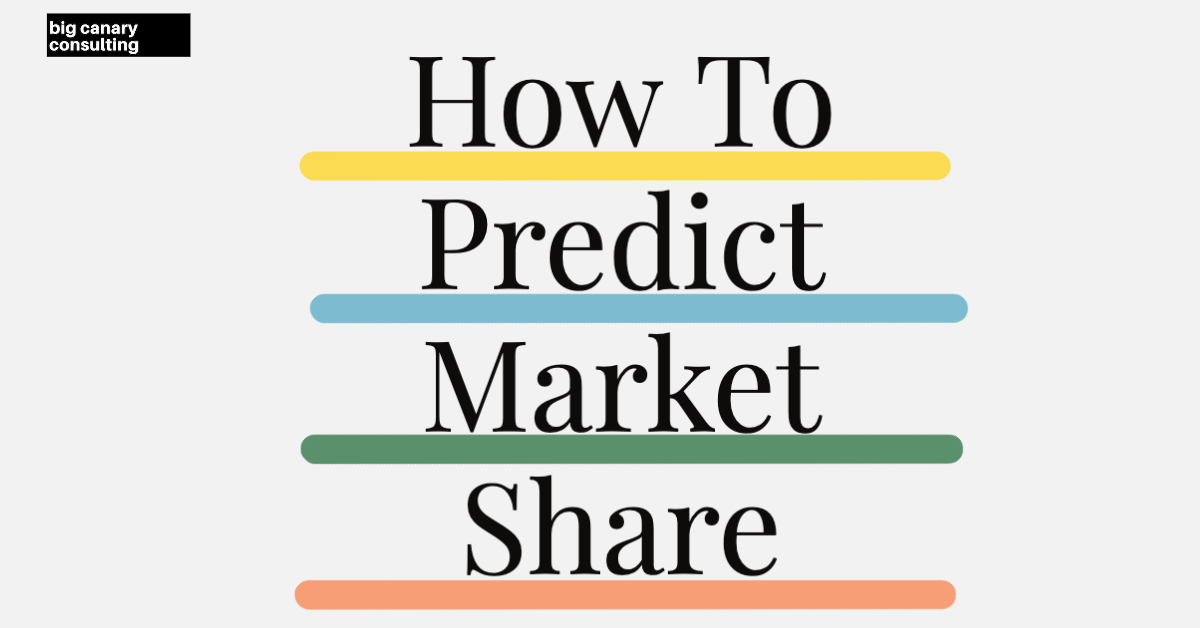 A group of researchers developed a set of tools that took a simple survey, calculated results, and validated the results using real world data. Find out more about their brilliant way to estimate the purchase probability and share of wallet for any brand. Download the white paper here.
Marketing teams are busier than ever right now adapting and reshuffling priorities. Here are five ways high-performing marketing teams are taking action and executing to maintain or build momentum during this difficult time.
As everyone struggles to adapt to this new reality, one thing is clear: no matter your role, you're being asked, and expected to, think differently—to innovate, which is also called design thinking. The approaches and methods don't come naturally to everyone, and an industry has developed around innovation consulting. So here are some resources with methods, tools, and advice on how to increase your expertise as an innovator—how to quickly explore problems or "new opportunities" and develop solutions.
There are many free tools out there—here are a few
What you'll see is that these toolkits offer variations of the "open, explore, close" approach to addressing challenges. It's not easy, so if you need help, you can always hire outside consultants to help you facilitate the process.  In this year's State of Branding 2017 Report, 72% of marketers responded that they are focused on building their brand audience, and 45% are planning on using customer experience tools. One brand is doing this using new technology that some marketers are still afraid of — the AI chatbot. And one luxury brand is already making it work like a charm. Given that big brands have greater resources and yet are having a tougher time competing against startups and disruptors, the ability to invest in AI offers a significant advantage to build and engage audiences, and strengthen brand rapport and loyalty. Equinox is a luxury fitness and lifestyle company with gym locations in major cities nationwide in the US and abroad, and is regularly at the forefront of workout trends (e.g., Soul Cycle). This fall it launched a chatbot, serving to welcome new joiners and encourage on-going involvement in real life. Here's how — and why it works:
With each chatbot conversation, the user should feel a more human connection — not with the app, with the brand itself — and this is a marketer's dream. The ability to craft interactions based on FAQs and desired behaviors to create new opportunities will help drive repeat use and a better overall product and brand experience. Moreover, AI gives brands fertile ground for testing messages and learning how to deepen relationships. In this hyper-competitive environment, for any business, especially luxury or mass retailers and fast moving consumer goods brands with digital touch points, AI could turn into a huge differentiator. https://www.linkedin.com/pulse/what-most-marketers-want-do-how-one-brand-already-killing-creamer/ https://www.linkedin.com/pulse/were-using-marketing-funnel-wrong-sandra-creamer/
Whereas the traditional playbook for building a brand is defined by the marketing funnel, i.e., awareness, consideration, purchase, loyalty and advocacy, this may not be the fastest or most effective way to attract Millennials as well as the rest of us. In fact, the traditional marketing funnel is rather upside down and in the wrong order for today's largest and most influential consumers. Here's a hypothesis. It's possible for brands to skip the line from awareness to advocacy, before you even sell a product. How is this done? Through a poignant narrative; one that is based on values, principles and is told as a touching emotional story. I recently attended an event at the NYU School of Social Entrepreneurship titled "The Role of Brands in Empowering Citizens of A New Era". Among the panelists were representatives from the ACLU, Virgin Unite, NYC Economic Development Corporation, and KIND (maker of the eponymous bars). While the bulk of the panel discussed how brands are taking on an unprecedented leadership role in society, there was another, different "aha" moment there for marketers. Amidst the discussion of Tim Cook's support for LGBT rights, Lyft's $1M donation to the ACLU earlier this year, and KIND's narrative about the founder's father's Holocaust survival story, one thing became clear: Consumers will advocate for brands even before buying them. Case in point. A young man I met at this event said that he never before considered buying KIND (in fact he'd never heard of them), but after hearing the founder's story, he said he'd tell his friends about it and intended to buy the brand. He moved from awareness to advocacy in an instant. This may be representative of how consumers interact with brands in our era. In my own case, I never liked the Lyft mustache logo and it was one of the reasons I hesitated to use the brand (it seemed creepy to me as a female rider). But once I heard the founder's story on NPR's podcast "How I Built This" I was hooked. The fact that they wanted to help by reducing the impact to the environment, they were Cornell students, and it grew within college campuses. I made an effort to use Lyft from then on, and now even more so, for well publicized reasons. There is even some evidence to back this up. According to Jim Stengel in his book Grow, "brands that centered their businesses on the ideal of improving people’s lives resonate more with consumers—and outperform their category competitors." So next time you are considering your marketing strategy and brand purpose and positioning, first think of your roots and whether you have a truly poignant and compelling narrative. Because if you do, you need to make it your first priority to weave it in to your story and share it as much as possible. The results will be well worth it. If you’re a medium or large sized business facing a branding challenge, you really don’t need to hire a big name or large agency for branding, identity, advertising, digital, marketing services, research or design. Here’s why.
The definition of ‘making a living’ in branding and design is rapidly and increasingly heading toward a large gig economy where people want to work for themselves and spend time on projects of their choosing. As an employee of a large agency, individual preference or project choice is not a given, it’s a luxury. Many talented brand strategy types (including designers, copywriters, content producers, and yes, strategists) opt to go the independent route. These are smart, ambitious people who want to focus on their preferred projects, rather than the jostling and maneuvering required to move up the agency ladder toward a raise or promotion. Going ‘gig’ relieves this pressure, and also offers independence, freedom and life balance. Insiders know agencies are notorious for long hours, sometimes caused by internal management requiring multiple layers of reviews and revisions because, well, management has to manage. This is excellent news for companies who need help from the outside on any initiative that is branding, marketing or design related. If you hire a firm that’s part of a bigger conglomerate (like the 'Big Four’: WPP, Omnicom, Publicis or IPG), more than say five to ten people, you’re paying extra for commercial real estate and needless overhead. The Big Four squeeze the smaller companies for margins, and in one case forced one of their own smaller businesses to pony up $11 million of their annual revenues out of $32M total. Imagine what that does to the staff and leadership. The brilliant people who did all the work did not receive the reward they deserved - and the leadership (and presumably the best talent) left, because, ‘fool me once’. Because of this dynamic, it is almost a certainty to achieve strong output from independent creatives or collectives of small virtual teams. Working at multiple branding agencies and from talking with friends who have served at many of the top firms, I can assure you that there is no ‘proprietary process’. People are the proprietary asset. Everyone has the same three phases, essentially some form of open, explore and close; open - where you define the problem, ‘explore' - where you analyze what’s going on through desk and primary research, and ‘close’ where you get to the recommendation. What makes one outcome better than another is really dependent on the client. Success depends on the ability to gather the right inputs, distill what’s important, and landing on choices the client moves forward with. Clients sometimes don’t know what they want, can’t get consensus and do things that end up making the creative bad…like when everyone gives contradictory feedback and the team has to start over, etc. Branding work requires experience (my time reviewing branding efforts by whip smart NYU MBAs has proven this), but you don’t need a huge consulting firm or branding agency. You just need one person (or more) who is smart, reliable and likable who has a background in branding proven through a portfolio. You can determine much of this in your first in person conversation, which is required of any firm you would hire. One way to find resources is to go on LinkedIn, search for people with the title ‘brand strategist,’ ‘brand consultant’ or ‘strategy director’ and look at where they worked, went to school and how they present themselves. Look for ones with big city credentials (NYC, SF or London). You’ll be able to get 100% of what you need to decide if it’s worth that first call. Ultimately, you’ll save your company tens of thousands of dollars and weeks worth of time by going with the nimble, most qualified option. . Often B2B companies, e.g., software, professional services, finance, technology, etc., don’t see the need for or value in investing in their brand. The companies that agree with this are your best competitors, because they are wrong.
Here is what they believe—and it's not correct! Take advantage of their mistakes. #1 - A brand is just a logo, everything else is just fluff The prevailing thinking is that a brand, for the most part, is equal to a logo. The reality is that a brand is the sum total of visual, verbal and experiential elements shared with customers. Consistency is key to conveying a strong message, and it’s commonly understood that good marketing thrives on consistency. Consistency inspires customers to feel trust and confidence. Since consistency is so important, it follows that visual identity and verbal strategy should work together, not contradict each other. That includes the name, tagline, logo and color palette, as well as the font, iconography, tone of voice, key messages and portfolio organization, to name a few elements that are often overlooked. The risk of treating brand as just a logo is that you miss out on making the other elements work in harmony to reinforce what your brand stands for. If the pieces aren’t designed as a whole, they probably won’t work together. #2 - Brand is only for B2C companies, so for B2B marketing logic outperforms emotion Business marketers often disregard emotion and treat brand communication as an exercise in logic. The misperception is that having a brand is helpful for sales that rely on emotions, not those that rely on logic or rational decision making. But B2B brands do benefit from leveraging emotion in their marketing. When two companies offer a similar functional benefit, brand can help make one be subjectively assessed as higher quality. That’s how some brands get people to pay more. For example, McKinsey’s brand perception can justify its premium pricing based on brand behaviors that reinforce leadership - e.g., only the top students are hired from the top schools, the company publishes thought leadership content (like their own Harvard Business Review), etc. And while McKinsey offers similar services compared to other management consultancies, others can only charge 1/10th the price. Even in B2B markets, people are doing the buying, and people want to feel good about their choice, which is ultimately underpinned by an emotion. #3 - A brand doesn’t generate ROI, so it’s not worth the investment A publicly held company CFO’s job is to maximize shareholder value and ensure that money spent is financially productive. Typically brand is seen as an expense, not an investment, and one that doesn’t create real value. While there’s truth that investing in a brand is putting money behind an intangible asset, a recent study of 50,000 public companies demonstrated that businesses who operate with a brand meaning framework generated ROI of +400% vs. the S&P 500 (Source: Grow, Jim Stengel). By one definition, a brand is the encapsulation of the value a business and its employees seek to create for its customers. Having a clear purpose is beneficial on two fronts; it can increase commitment employees feel - influencing their effort and dedication, and enable sales people to easily and succinctly convey the strongest reasons why one option is better than another. One large professional services company, internally known as “the largest consulting firm no one’s ever heard of” had just this problem. An employee survey showed that there was no one, agreed upon way to describe the company. This lack of cohesion flowed from the employees to the market place, making this firm's benefit and messaging hard to convey, diluting its marketing efforts. Less effective marketing generated weaker results, and the reverse became true once the company aligned on a single-minded brand purpose. #4 - A brand is something you “set and forget” Nobody likes to do work that seems redundant or wasteful, which is why so many people don’t redecorate their homes. But a business has to keep up with the times, and often this means that a brand that was once powerful may no longer be as appealing. Technology has increased the pace of change, and there’s an ever accelerating cycle driven by innovation and faster adoption rates. It’s been 10 years since the iPhone launched and behaviors have changed dramatically, just look at how people date, shop, socialize, and travel, to name a few. While technology may not fuel the need for a brand to change, it certainly means that time changes perceptions for what is normal. It follows that what made terrific sense for a company’s reason for being may not necessarily be as relevant today. IBM used to focus its purpose on selling computers, now it focuses on its people and delivering exceptional client service with the aim of being essential to its clients. Accenture used to brand itself as an information technology consultancy; the old logo was Ac, or "A to the power of C" using an exponent treatment to promote a sense of “energy and high-tech savvy”. In January 2000 Andersen Consulting changed its name to Accenture (accent + future), and now it is known as a company that implements and executes ideas, captured in the tagline "High performance. Delivered.” As companies innovate their products to get ahead of or just keep pace with customer needs, they also need to take a step back and look at how the brand is perceived in the market place and whether any dissonance may be holding them back. #5 - A brand is not helpful to a complex company A common objection is that products or services are too complex to simplify under one brand name or idea. Often that is why companies choose to allow different business units unique names or to go to market without the full power of a single brand. But what this does is dilute efforts, resulting in inefficient marketing spend, tactics and plans that are mutually exclusive and not collectively beneficial. General Electric (GE) is an example of a company that defies the logic of being too complex for one brand or idea. Using a master brand strategy, GE conveys that it’s not a massive conglomerate across aviation, digital, healthcare, lighting and energy, to name a few, but that it is a company that uses the power of humans to imagine and build amazing innovations. The key takeaway is that brand is not solely beneficial to consumer oriented companies, but rather an on-going strategic initiative that can help strengthen a company’s marketing and sales to ultimately deliver tangible benefit. Dismissing brand as a hurried task and relegating it to a logo created by “a cousin who took some graphic design classes” is a risky way to treat such an important asset and will hinder marketing and sales efforts. |
AuthorSandra Creamer has spent her career focused on business transformation. She's worked at Fortune 100 technology, healthcare and CPG companies, as well as several NYC based consulting firms. She enjoys branding, marketing and innovation for leading brands. In her spare time, Sandra has taught at Columbia University in the MS Program for Applied Analytics. |
||||||||||||
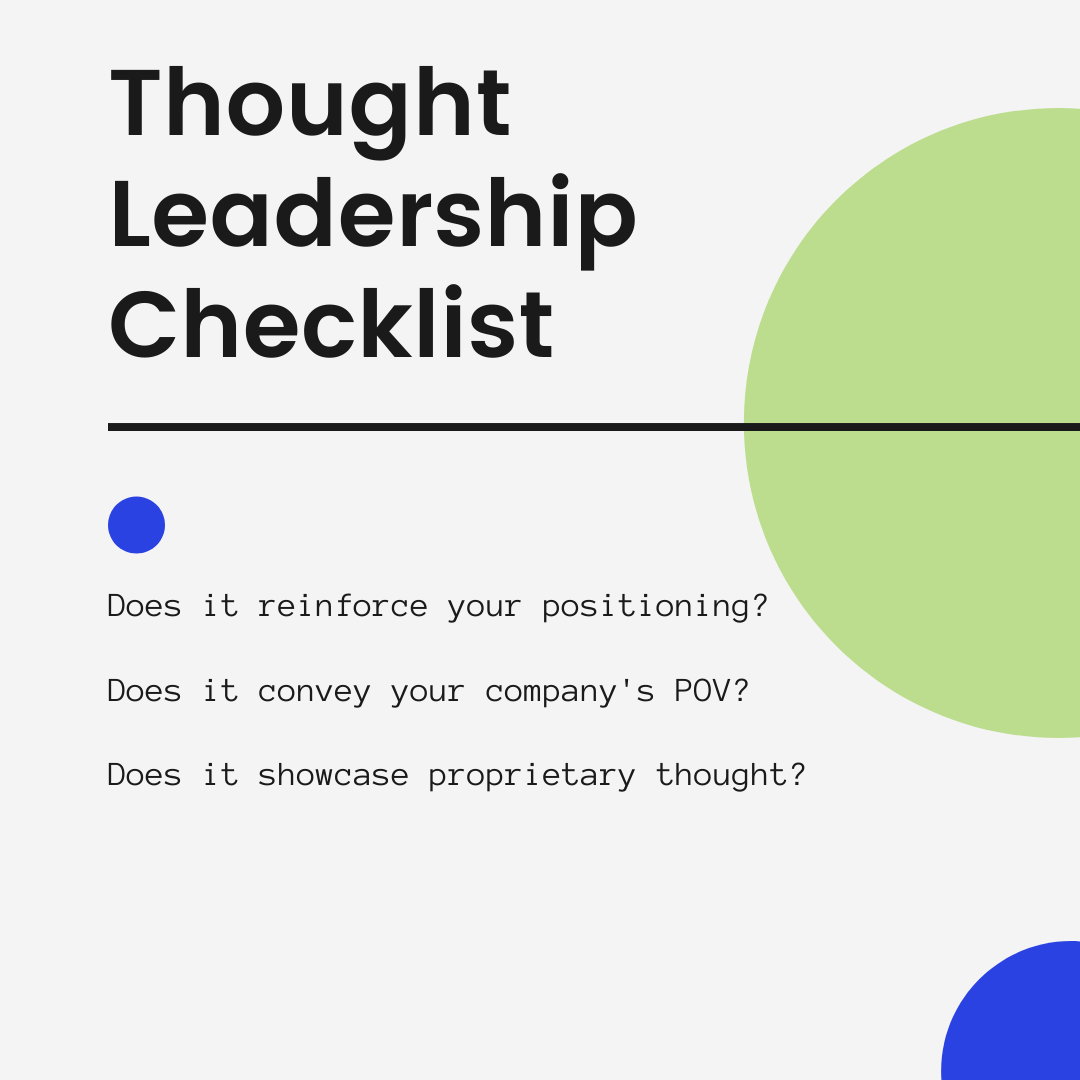
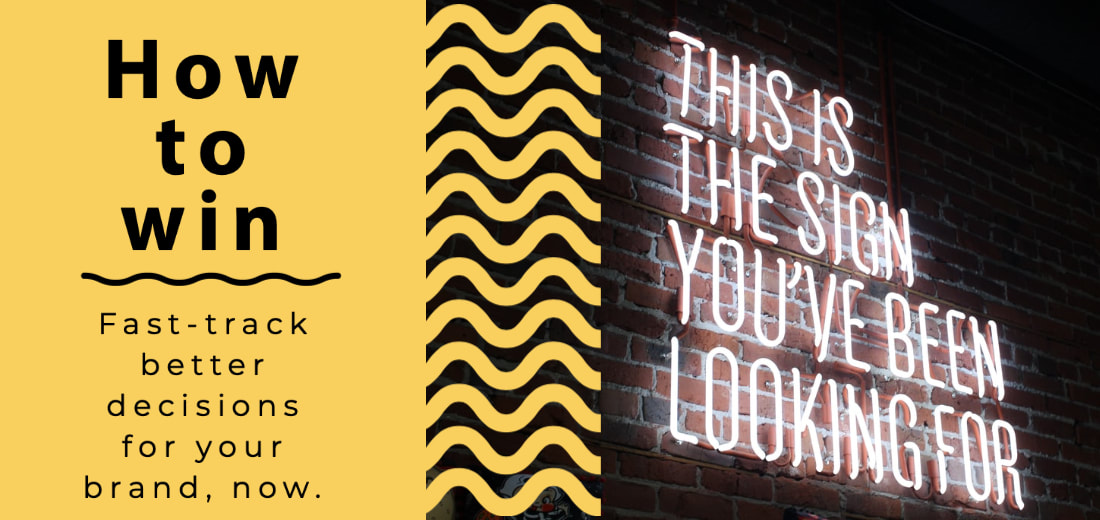
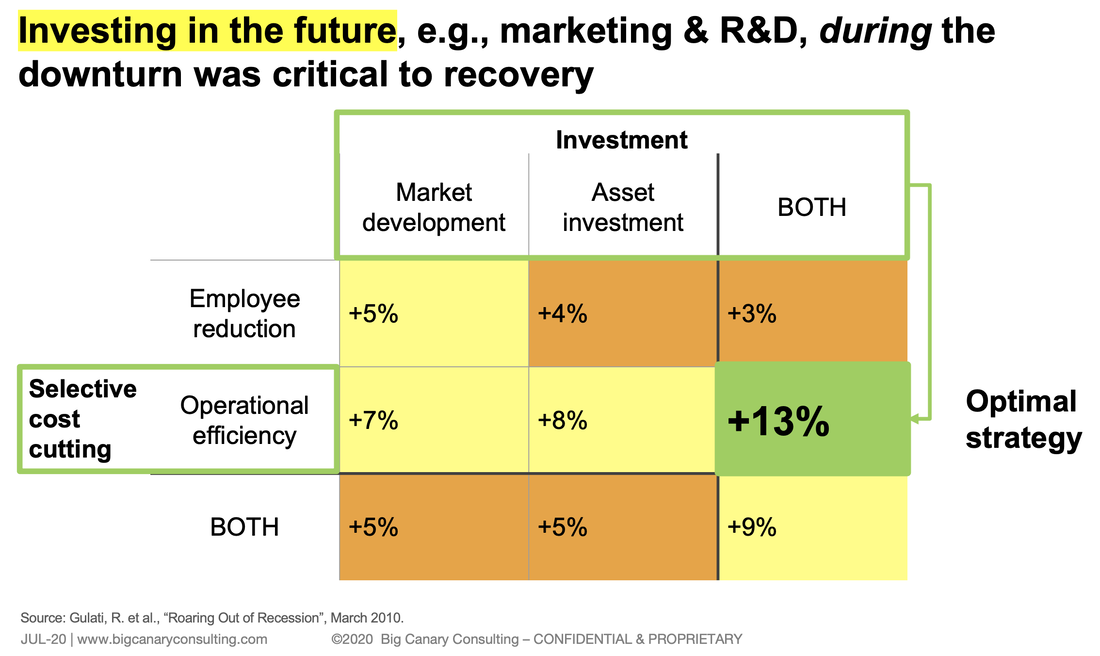
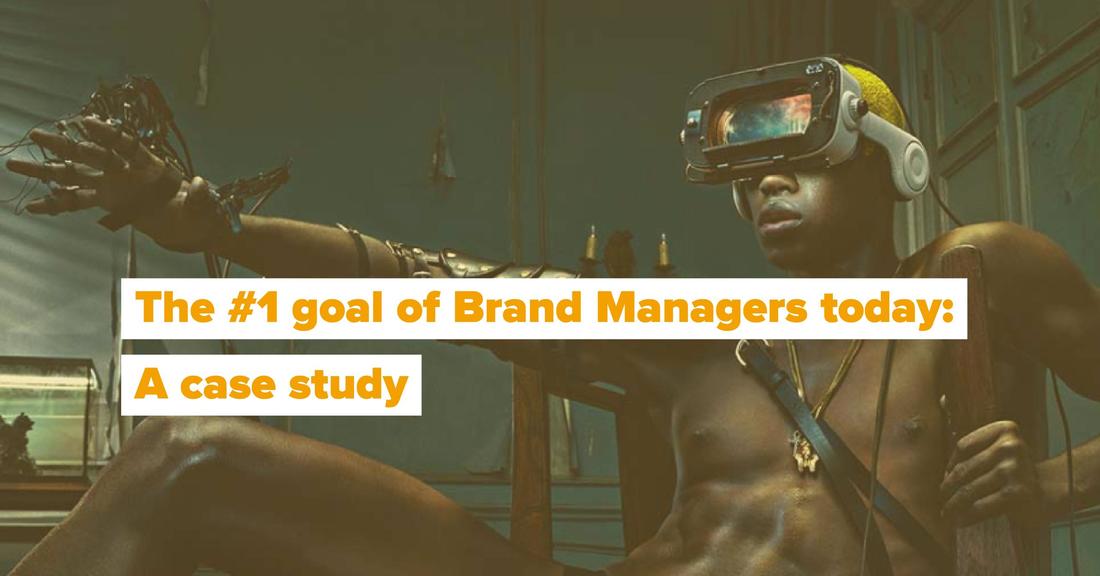
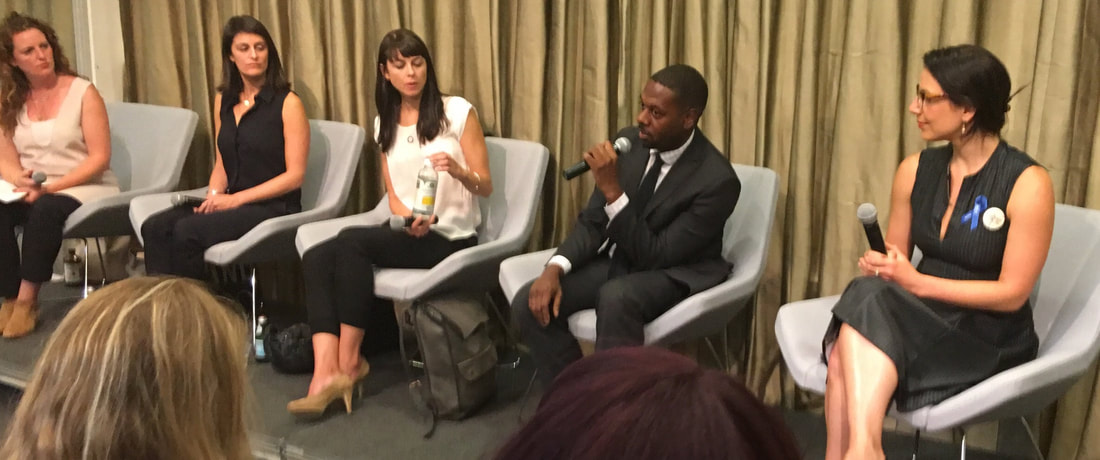
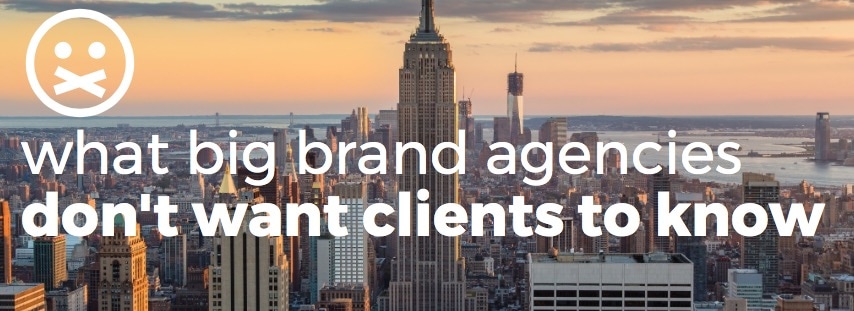
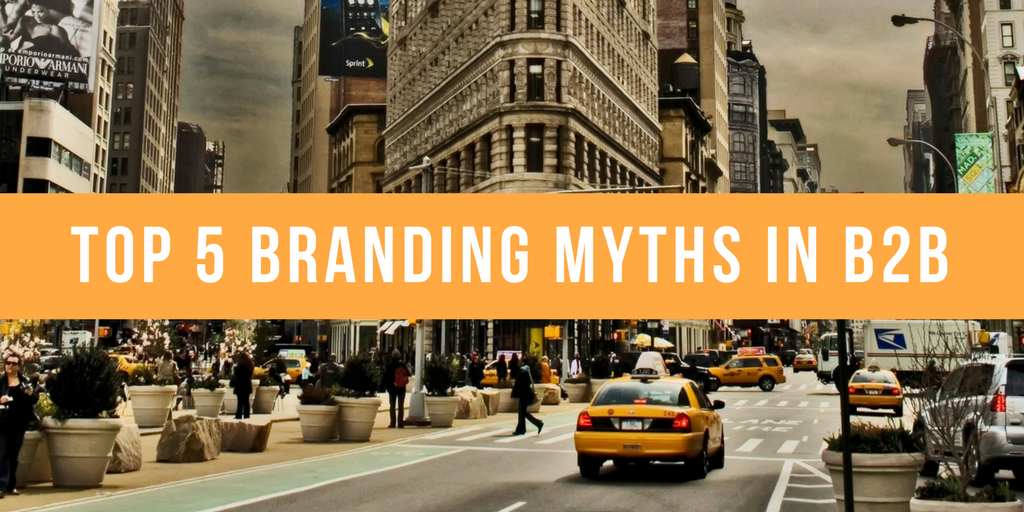


 RSS Feed
RSS Feed